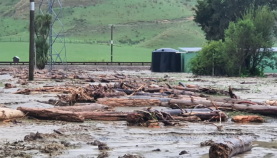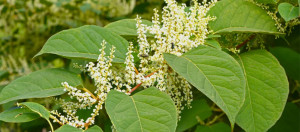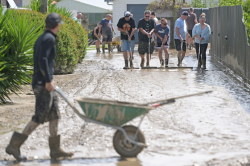In June and July 2025, severe flooding impacted Tasman, causing widespread damage.
Here you’ll find flood recovery information specific to the primary sector and rural communities to assist you with clean-up efforts and long-term recovery.
Get up-to-date, flood response and recovery information by signing up for the Tasman Antenno App here.
This is a free mobile app that sends you alerts and notifications, and allows you to report issues and provide feedback directly to Council.

This page keeps you up to date with key dates and upcoming events relevant to flood recovery efforts. You'll also find a library of recorded webinars hosted by various rural agencies, offering valuable insights and information.
Find out more about the recovery related events that have been planned here.

We understand the recent weather has caused serious damage, and many of you are already working to restore access, fencing, and infrastructure. It’s expected that farming and industrial operations may be disrupted—especially with flooding, silt, or damaged effluent systems affecting compliance.
This guide offers practical advice on managing waste streams like silt, debris, posts and wire, and farm dairy milk. It also covers disposal of deceased stock, works around waterways (e.g. bridges, culverts, fencing), and retrospective consenting.

Heavy rainfall and flooding can disturb land and create ideal conditions for invasive weeds to spread.
Learn how to spot key pest species and report them to our Biosecurity Team to help protect your land and the wider environment.

Flood clean-up is tough. Here, you'll find practical guidance on how to dispose of different types of flood-related waste, including where to take it—such as collection and dumping points—to help make the process easier during this challenging time.
Learn more about your options here.
The June/July 2025 storms caused widespread windthrow across thousands of hectares of commercial forests in the Tasman region. Windthrown trees and cutting wood under tension pose serious safety risks. The Top of the South Wood Council has provided practical guidance to help manage these risks during tree felling and small-scale harvesting, particularly around farms and waterways.
Read the Top of the South Wood Council's guidance here